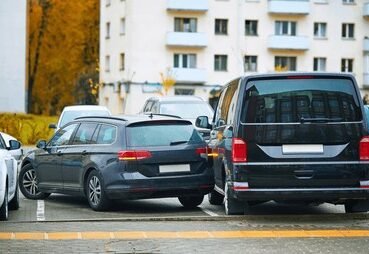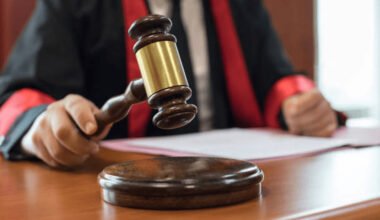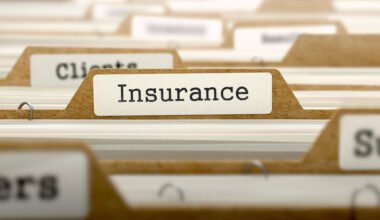Most of the time, people brush off parking lot accidents because there aren’t any ambulances or shattered windshields involved. Just because it doesn’t look like a big deal doesn’t mean you can afford to treat it like one. If you skip documenting things properly, you can end up with messy insurance problems, disputes over who caused what, and a whole bunch of back-and-forth that could’ve been avoided if you’d just stopped and handled it right.
When you’re trying to make sense of what happened, especially when insurance or legal stuff starts coming into play, the key thing people look at is the circumstances of the parking lot accident. That means what happened, where it happened, how it happened, and who was involved. The clearer your documentation is, the better your chances of getting things resolved quickly and fairly.
So here’s how to properly document damage after a parking lot collision, step by step.
Step One: Call for Backup
Now, depending on the severity of the damage or injuries, you’ll need to make a few calls. Start with the police. They might not always show up for a minor parking lot crash, especially if it’s on private property, but you should still try.
If they come, they’ll create an accident report, which is super important later. If they don’t, see if there’s private security on-site and let them know what happened. Large parking lots often have patrols that can help manage the situation and may even file a report of their own.
Either way, get the name and badge number (or employee ID) of whoever responds. And don’t leave without asking how you can get a copy of the report. That document could become your best friend if things get complicated down the road.
Step Two: Capture the Scene
Don’t just take a couple of blurry photos and call it a day. Start with wide shots of the entire scene: the vehicles involved, where they ended up, and the layout of the parking lot. Then zoom in. Get clear pictures of all visible damage on every car, not just yours.
Include:
- Any dents, scratches, or broken lights
- Skid marks, broken glass, or debris on the ground
- Parking space lines, signs, arrows, or anything that helps explain how the cars were positioned
- Weather conditions (like whether the ground was wet or icy)
If your phone has the option, keep the time and date stamp on. It’s a small detail, but it helps confirm when everything happened.
Step Three: Talk to Witnesses
If there’s anyone standing around who saw what happened, don’t just let them walk away. Approach them respectfully and ask if they’d be willing to share what they saw.
Even if they don’t want to give a full statement on the spot, just getting their name and phone number can be really helpful down the line.
If they are okay giving a statement, ask if you can record it on your phone or write it down. The goal here is to get neutral, third-party accounts of what went down. These can help a lot when it comes to settling disagreements about who caused what.
Step Four: Exchange the Right Information
Don’t assume you just need a name and phone number. You’ll want:
- Full names
- Phone numbers
- Addresses
- Insurance company name and policy number
- Driver’s license number
- Vehicle registration number
This also protects you in case the other person changes their story later. And while you’re at it, take photos of their insurance card and driver’s license if they allow it.
Step Five: Write Down Everything
While your memory’s still fresh, start jotting down everything you remember. Don’t wait until the next day when the details start to blur together. Focus on:
- The exact time and date
- Where you were in the parking lot
- What you were doing right before the accident
- What you saw the other driver doing
- The weather and lighting conditions
- The condition of the parking lot (wet, icy, uneven pavement, etc.)
Also, make a list of any nearby businesses. If the parking lot is shared by multiple places, write down the names of all the stores around. This could help later if you or someone else tries to get surveillance footage.
Step Six: Notify Your Insurance
As soon as you’ve documented everything and you’re in a safe place, contact your insurance company. Don’t wait a few days. Tell them exactly what happened, and provide all the details you gathered: the photos, the contact info, witness statements, and the report, if you got one.
Be honest and stick to the facts. If you’re not sure about something, say so. Don’t guess or admit fault. Just describe what happened as clearly as you can.
Your insurance company will walk you through what comes next. They might ask for more photos, estimates, or documents. Cooperate fully, and keep a record of everything you send or receive from them.






